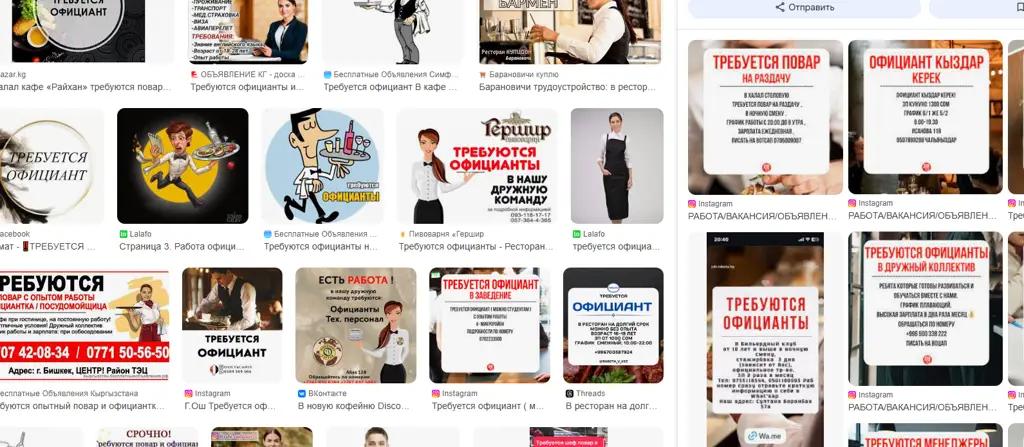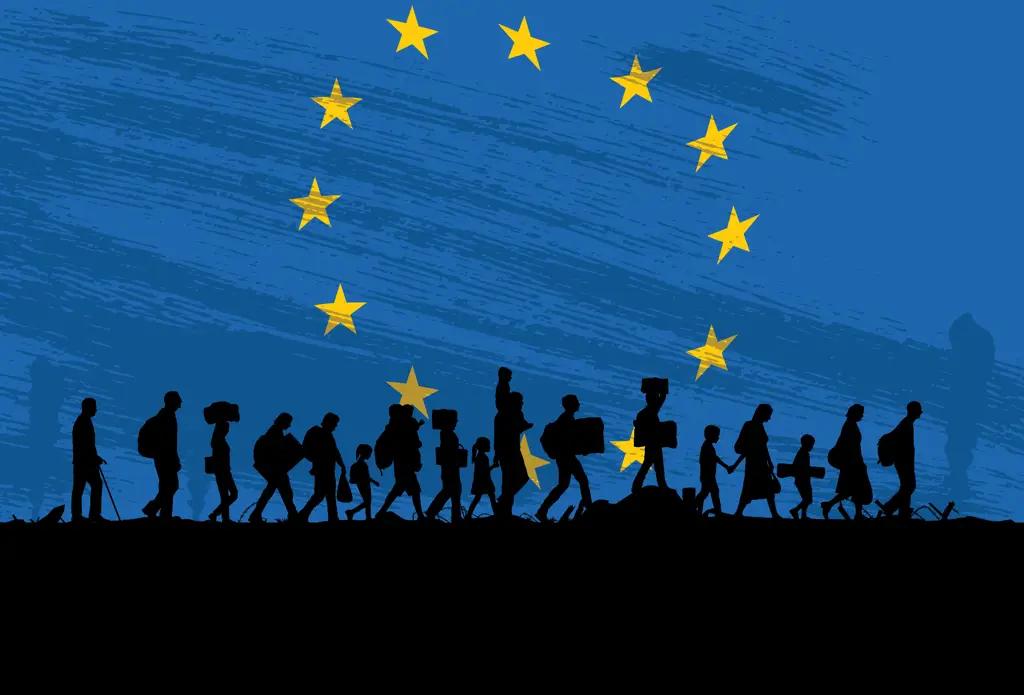
Published
11/03/2025, 09:56QR payments in Kyrgyzstan are growing at a pace that makes the statistics look almost unreal. In the first quarter of 2025, 53.7 million transactions worth 94 billion KGS were processed through the interoperability operator’s system — 13.7 and 24.1 times more, respectively, than a year earlier. In the second quarter, the momentum accelerated even further, reaching 113.3 million transactions totaling 180.9 billion KGS, an 11.7- and 18.3-fold increase compared to the same period in 2024.
The surge has also reached government services. At the beginning of the year, they recorded 5.8 million payments totaling 2.6 billion KGS, but by June those figures had grown to 22 million transactions worth 4.5 billion KGS. The scale is now undeniable — 20 out of 21 banks and 14 payment institutions are connected to the QR system. Across the country, including the regions, more than 80,500 QR code terminals have been installed, compared to about 68,000 at the end of March.
The main reason QR payments in Kyrgyzstan are gaining popularity so quickly is simple — they’re easy to use. All an ordinary person needs is a phone: point the camera, confirm the payment, and that’s it. There’s even zero commission in place until the end of the year. But what works perfectly for the customer often turns into a problem for businesses.
In countries with developed e-commerce, everything is simple: you visit a website, choose a product, pay for it, and arrange delivery — no calls or messaging needed. In Kyrgyzstan, things are quite different. Online sales exist, but they don’t provide a complete customer experience. You may seem to be shopping on a website, but sooner or later you’re redirected to WhatsApp or Instagram to finalize the purchase “manually.”
Essentially, e-commerce in its classic form does not yet exist in Kyrgyzstan.
One of the main reasons, according to Argen Darmanov from Finik, is the lack of simple payment acceptance tools. For small business owners, setting up a payment system seems overwhelmingly complicated, as if it requires technical integrations, specialists, and an entire IT department.
“Companies that take this step often turn to foreign solutions. But these are expensive and inconvenient: fees are higher, integrations are complex, and the system itself is not always adapted to the local market. As a result, only large players can afford them. Small and medium-sized businesses, as well as individual merchants, still lack a convenient payment acceptance tool,” — says Argen Darmanov.
On the other hand, today even the smallest kiosk prominently displays a neatly printed and carefully laminated QR code.
There’s a catch, though. As it turns out, many of these QR codes are registered not to legal entities but to ordinary individuals. The State Tax Service has already warned that this is not allowed, and violations carry a fine of 65,000 KGS. As a result, entrepreneurs will most likely have to replace the QR codes in the near future.
However, this is done not for the convenience of the business itself, but to meet the expectations of the most demanding customers when it comes to payments.
Yes, any bank is ready to issue a QR code for receiving payments based on the unified ELQR system developed by MPC. But banks are not really in the business of payment systems — their core business is issuing loans. They earn very little from the payments themselves, so they don’t invest in developing this service. As a result, businesses receive a standard QR code that functions like a black box: the money arrives, but the entrepreneur sees no information beyond the date and amount.
“Businesses need not just money in their accounts, but also analytics: who bought what, which receipt, which customer segment. Banks, however, only provide a basic QR code,” — the expert explains.
And this is where the main problem arises. A store may process 100,000 or even 1 million KGS in transactions per day, yet it’s impossible to know which products generated that revenue. There’s no service name, no customer ID, no order information. As a result, companies cannot properly reconcile payments with shipments, generate meaningful analytics, or close gaps between tax reporting and inventory.
As a result, entrepreneurs have to find workarounds, create their own forms, manually export data, rely on messaging apps, and keep records in Excel — or the old-fashioned way, in notebooks.
Finik effectively fills the very “gap” in the QR payment infrastructure that entrepreneurs talk about today. The company turns a standard QR code into a full-fledged payment page — specifying the exact product, customer, and order. As a result, businesses receive not just the money transfer, but all the information they need for reconciliation, analytics, and reporting.
The process is as simple as possible: photograph the product, add a description, set the price — and the system instantly generates a unique QR code. It can be used for both offline sales and online transactions.
The app itself is built on a hybrid model — somewhere between a marketplace and a social network. Sellers can list products directly on the platform, like posts: photo, description, price, and QR code. Additional features are also available, such as setting an expiration date for an offer, quantity limits, target audience, and more.
Payments can be made through any banking app: the system automatically suggests options to the user, thanks to DeepLink technology. In this way, Finik makes payment acceptance as simple and intuitive as posting on Instagram, turning the QR code into not just a payment tool, but a part of a complete customer experience.
You could say it’s similar to working on a marketplace, and indeed, they already have a built-up audience. That’s true. But in this case, they sell you a turnkey flow of customers and, in return, charge 15–20% or more, because they are effectively the owners of the payment funnel.
Payment organizations promote a different model: they sell you the infrastructure, while the traffic remains with the entrepreneur.
“We built the system so that the seller retains control over their traffic. The customer flow is their responsibility, but the money arrives immediately, and the business can see exactly what the payment is for,” — explains Argen Darmanov — “On our payment pages, you can predefine the necessary fields: customer name, product description, ticket or service number.”
This format is convenient not only for small businesses but also for larger players, such as insurance companies. Today, in order for a customer to pay for OSAGO directly through a banking app, insurers, according to the expert, have to give up to 30% of the policy cost to banks. Essentially, these costs are passed on to the customers themselves. By developing their own payment channels, companies can save up to 28%, and these funds can be used for business development or to lower the final price.
“The idea for our service grew out of personal frustration. Online purchases often turned into endless messaging and sending receipts. We want the process to be simple: choose the product — pay — receive it. This is the e-commerce culture that Kyrgyzstan needs to embrace,” — says Argen Darmanov.
People have already gotten used to paying with their phones: millions of transactions per month are proof of that. But for now, QR codes work for quantity, not quality. For QR to become a truly valuable tool for businesses, it needs to stop being a black box and turn into a transparent channel, where every transaction carries not just money, but useful context.



